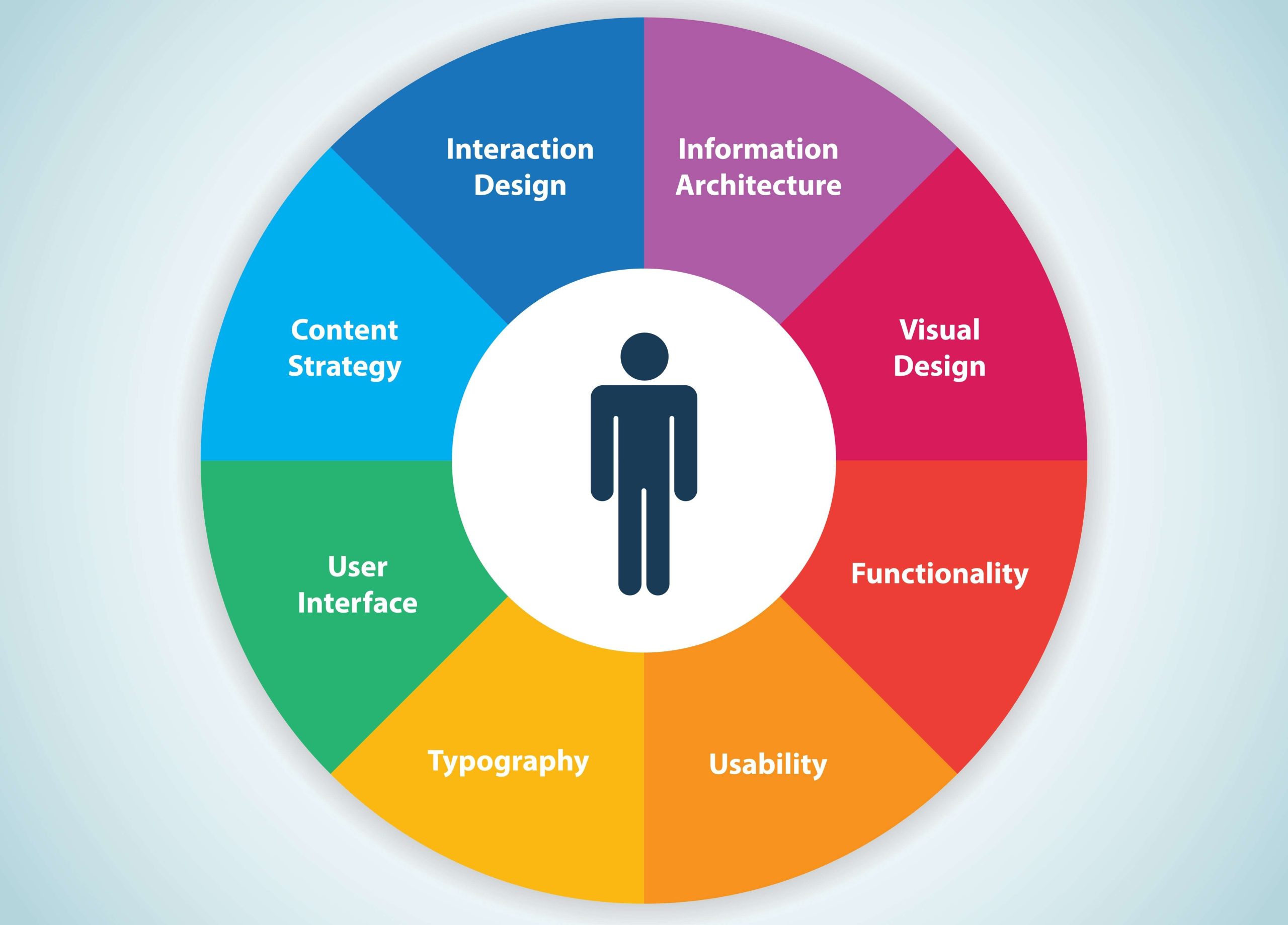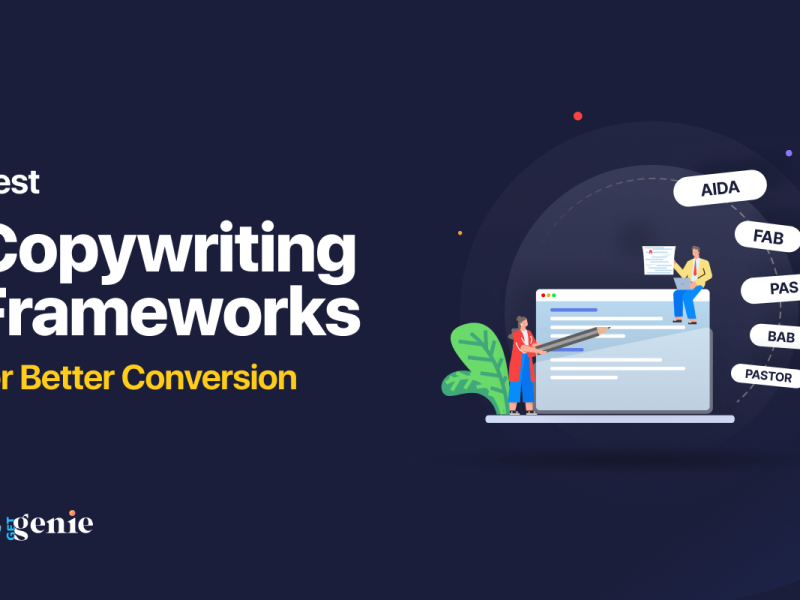When it comes to creating successful tech products, one key aspect that cannot be overlooked is the user experience (UX) and user interface (UI) design. Both UX and UI design play a vital role in determining how users interact with a product, and ultimately, whether they will find it valuable or not. In this article, we explore the importance of UX/UI design in enhancing user experience and provide insights into how you can create remarkable digital experiences for your products.
Understanding UX and UI Design
UX design involves the process of creating a meaningful and relevant experience for users while they interact with a product. It encompasses various elements such as usability, accessibility, ease of navigation, and overall satisfaction. On the other hand, UI design focuses on the visual representation of a product, including layout, color schemes, typography, and graphics.
While UX design concentrates on the overall feel and functionality of a product, UI design ensures that the visual elements are visually appealing and create a seamless experience for the user. Both UX and UI design work hand in hand to create a cohesive user experience, contributing to the overall success and adoption of a product.
The Importance of UX/UI Design
1. Improve User Satisfaction: A well-designed UX/UI can significantly improve user satisfaction. By considering user needs, behaviors, and preferences, you can create a product that resonates with your target audience, resulting in positive feedback and repeat usage.
2. Increase User Engagement: Engaging users is crucial for any tech product’s success. An intuitive and user-friendly interface encourages users to explore and interact more, leading to increased engagement and prolonged usage.
3. Boost Conversions and Sales: When users have a positive experience, they are more likely to convert into paying customers. A well-crafted UX/UI design can streamline the path to purchase, making it easy for users to understand the product’s value and take action.
4. Build Brand Loyalty: Good UX/UI design helps in building brand loyalty. When users have a satisfying experience, they are more likely to become loyal customers and advocates for your brand, leading to long-term success and growth.
5. Differentiate Your Product: In today’s competitive tech landscape, standing out is crucial. A compelling UX/UI design sets your product apart from the competition, making it memorable and creating a positive impression in users’ minds.
Steps to Create Remarkable UX/UI Design
1. Understand Your Target Audience: Conduct thorough research to gain insights into your target audience’s preferences, behaviors, and pain points. This knowledge will help you tailor your UX/UI design to meet their specific needs and expectations.
2. Define User Goals: Clearly define the goals users want to achieve by using your product. This allows you to design a user journey that facilitates their desired outcomes, making the experience more meaningful and valuable.
3. Simplify Navigation: A well-organized and intuitive navigation system is crucial for a positive user experience. Make sure users can easily find what they need and navigate through your product without confusion or frustration.
4. Prioritize Visual Hierarchy: Use visual hierarchy techniques to guide users’ attention and emphasize key elements. By structuring your design elements effectively, you can create clearer and more focused user interfaces.
5. Test and Iterate: Continuously test and gather feedback from users to identify any pain points or areas for improvement. Iterate your UX/UI design based on user insights to create a more refined and enjoyable experience.
The Role of HTML Markup in UX/UI Design
HTML markup plays a significant role in bringing your UX/UI design to life. By structuring your content and layout using HTML, you ensure that it is accessible, responsive, and optimized for various devices and platforms. HTML markup enhances the overall user experience by providing a solid foundation for seamless interactions and visual appeal.
Additionally, HTML elements such as semantic tags contribute to better accessibility, allowing assistive technologies to interpret and present the content effectively to users with disabilities. Proper use of HTML markup, along with CSS styling, ensures that your design is both visually appealing and functional.
Conclusion
In today’s ever-evolving tech landscape, paying attention to UX/UI design is no longer optional—it’s a necessity. Enhancing the user experience through thoughtful UX/UI design not only sets your product apart but also leads to increased user satisfaction, engagement, conversions, and brand loyalty. By understanding your target audience, simplifying navigation, and prioritizing visual hierarchy, you’ll create remarkable digital experiences that resonate with your users. Additionally, leveraging HTML markup will ensure that your design is accessible, responsive, and optimized across devices. So, invest in UX/UI design and take your tech products to the next level!


